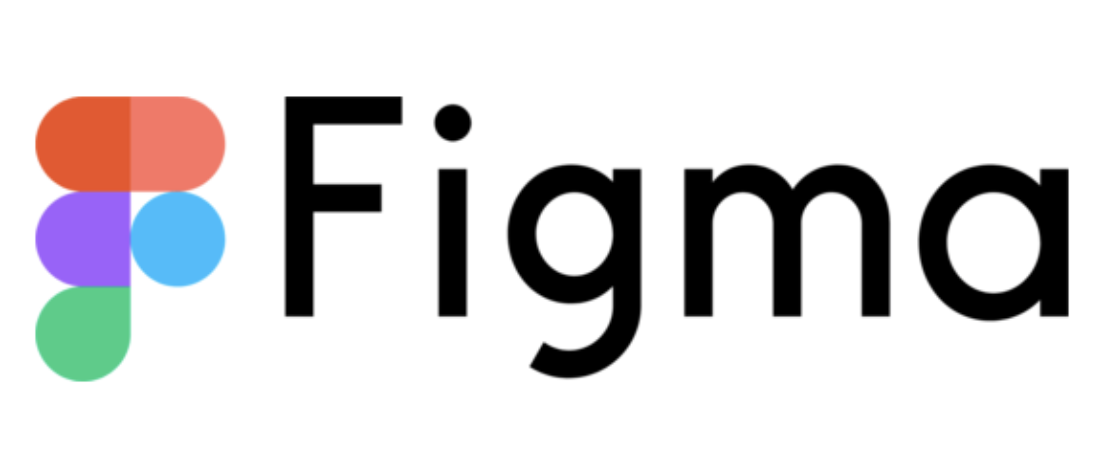
Volver al hub
Blog
Software
The 5 Best Wireframing Tools in 2025

Mathieu Co-founder
Publicado el 11 jun 2025Actualizado el 3 ago 2025
Imagine sketching out your next big app or website using a tool that feels like an extension of your creativity: fast, intuitive, and collaborative. By 2025, wireframe tools will be the unsung heroes of design, transforming chaotic ideas into structured plans that teams can rally around. With so many options available, choosing the right one can seem daunting. That's why we've tested and selected the 5 best wireframe tools that stand out for their ease of use, power, and ability to transform your workflow. Whether you're a freelance designer or part of an international team, these tools will help you create user-friendly designs with confidence.
Let's dive right in!
How we evaluated the tools
We tested over 40 wireframing tools by signing up, creating a mobile app wireframe, and exploring collaboration and export features. Our criteria: ease of use, collaboration capabilities, template libraries, export options, value for money, and integrations. These factors ensure that the tools meet the real needs of everyone from independent freelancers to large companies.
The 5 best wireframing tools in 2025
1. Figma - The power of collaboration

Figma is the ideal solution for teams looking for seamless collaboration and versatility. Its browser-based platform allows multiple users to edit wireframes in real time, making it ideal for distributed teams. With a robust template library and prototyping features, Figma lets you go from wireframe to high-fidelity design without switching tools.
The free offering is generous, and its integrations with tools such as Slack and Jira ensure smooth workflows. However, the learning curve can be steep for beginners, and advanced features require a paid subscription.
Pros: Real-time collaboration, browser-based, free offering, prototyping features.
Cons: Steeper learning curve, expensive premium features for large teams.
Pricing: Free (3 projects); Professional: $16/user/month.
Best for: Teams that need to collaborate on design and prototyping on a single platform.
2. Balsamiq - The speed demon
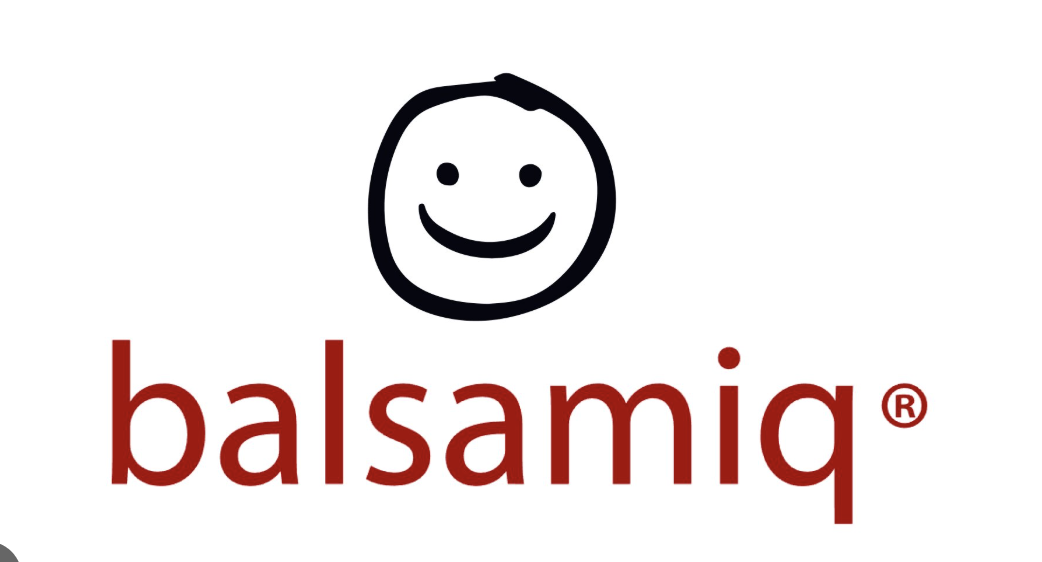
Balsamiq is all about speed and simplicity, making it perfect for quickly sketching low-fidelity wireframes. Its drag-and-drop interface and schematic aesthetic allow you to focus on structure rather than visuals, avoiding premature design debates. Ideal for product managers and non-designers, it's incredibly intuitive, but lacks advanced prototyping or high-fidelity features. The one-time cost of the desktop version is affordable, but cloud collaboration requires a subscription.
Pros: Fast, intuitive, low-fidelity focus, affordable desktop option.
Cons: Limited to low fidelity, no advanced prototyping.
Price: Desktop: approximately $89/year; cloud: approximately $9/month for 2 projects.
Best for: Independent designers or teams that need quick wireframe sketches.
3. Miro - The creative playground
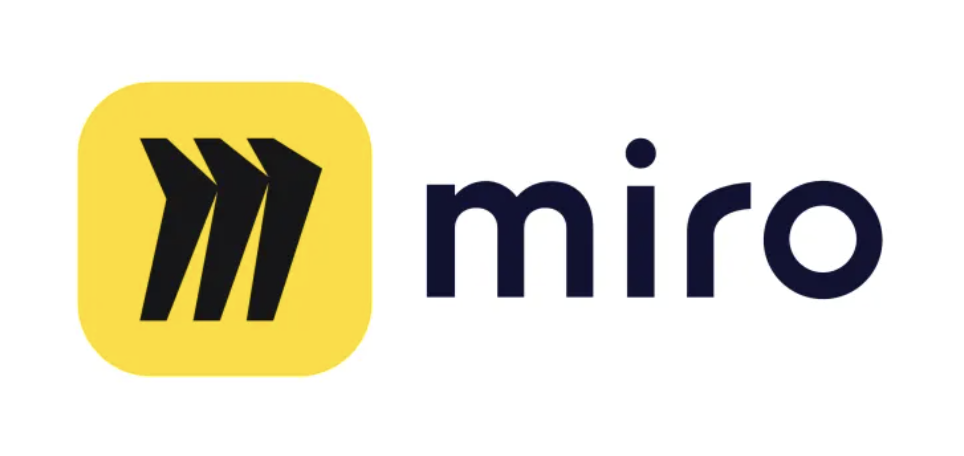
Miro's infinite canvas is ideal for brainstorming and wireframing in a single space. With sticky notes, mind mapping, and a library of wireframes, it's perfect for teams that want to map out user journeys before diving into layout. Its asynchronous collaboration features, such as video comments, are great for international teams, but wireframing isn't its strong suit, and the interface can feel cluttered for complex projects. The free version is limited, but the paid versions offer powerful features.
Pros: Infinite canvas, brainstorming tools, asynchronous collaboration.
Cons: Less focused on wireframing, can feel cluttered.
Pricing: Free (3 boards); Team: $8/user/month.
Best for: Teams that combine ideation, user flows, and wireframing.
4. Mockplus - The asset recycler
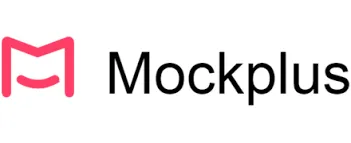
Mockplus is ideal for teams that reuse design components across projects. Its drag-and-drop interface is beginner-friendly, and its libraries of reusable assets ensure consistency across large projects. Collaboration features such as task management streamline teamwork, but prototyping is less advanced than its competitors and the interface can feel outdated. Pricing is reasonable, with a limited free version for small projects.
Pros: Reusable components, beginner-friendly, good collaboration tools.
Cons: Less advanced prototyping, aging interface.
Pricing: ~$10-15/user/month; free version (limited features).
Best for: Teams managing multiple related projects with consistent designs.
5. Adobe XD - The Creative Cloud champion
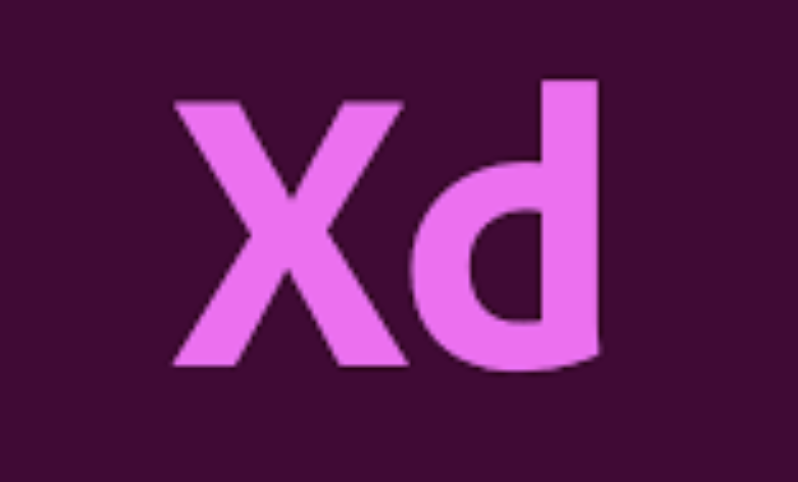
Adobe XD is a powerful tool for Creative Cloud users, integrating seamlessly with Photoshop and Illustrator. Its advanced prototyping, automatic animation, and voice UI features make it ideal for creating polished wireframes and interactive prototypes. However, it's less intuitive for beginners, and all of its features require a Creative Cloud subscription, which can be expensive. The free version is limited but functional for designers working alone.
Pros: Creative Cloud integration, advanced prototyping, voice UI support.
Cons: Steeper learning curve, expensive for non-Adobe users.
Price: $9.99/month (individual); free version (limited).
Best for: Adobe ecosystem users who need robust prototyping.
Choosing the right tool
Independent freelancers: Balsamiq (speed, affordability) or Figma (free version, versatility).
Small teams: Figma (collaboration, value for money) or Miro (brainstorming + wireframing).
Large organizations: Figma (Professional) or Adobe XD (enterprise features).
Creative agencies: Adobe XD (Creative Cloud synchronization) or Figma (client presentations).
Conclusion
In 2025, wireframing tools will be your secret weapon for bringing your ideas to life with clarity and speed. Figma stands out for its unmatched collaboration and versatility, making it the top choice for most teams. Freelance designers will appreciate Balsamiq's simplicity, while creative agencies may be drawn to the sophistication of Adobe XD. Miro and Mockplus excel in brainstorming and resource reuse, respectively. The ideal tool will fit your team's workflow like a glove: try a few, find the one that's right for you, and watch your designs come to life with ease.

Precios claros, transparentes y sin costes ocultos.
Sin compromiso, precios para ayudarte a aumentar tu prospección.
Créditos
Se pueden utilizar para:
Buscar Emails
Acción IA
Buscar Números
Verificar Emails
€19por mes
1,000
5,000
10,000
50,000
100,000
1,000 Emails encontrados
1,000 Acciones IA
20 Números
4,000 Verificaciones
€19por mes
Descubre otros artículos que te pueden interesar!
Ver todos los artículosSoftware
Publicado el 22 feb 2024
Mailwarm: Precios, opiniones y alternativas
 Niels Co-founder
Niels Co-founderLeer más
Software
Publicado el 19 jul 2024
6 alternativas a ContactOut para maximizar tus resultados en el cold emailing
 Mathieu Co-founder
Mathieu Co-founderLeer más
Blog
Publicado el 6 mar 2025
¿Cómo comprar bases de datos para la prospección B2B por correo electrónico?
 Marie Head Of Sales
Marie Head Of SalesLeer más
Consejos y formaciones
Publicado el 4 dic 2022
¿A cuántas personas contactar al día?
 Niels Co-founder
Niels Co-founderLeer más
Blog
Publicado el 10 may 2024
¿Cómo programar el envío de un correo electrónico en Outlook?
 Mathieu Co-founder
Mathieu Co-founderLeer más
Software
Publicado el 17 abr 2024
Las 7 mejores alternativas a Skrapp: más correos electrónicos, menos gastos
 Marie Head Of Sales
Marie Head Of SalesLeer más
Enlaces útiles
HubCold-email: Guía CompletaEntregabilidad: Guía completaAlternativa a LemlistAPISolicitar una demoPrograma de afiliadosFind emailMade with ❤ for Growth Marketers by Growth Marketers
Copyright © 2025 Emelia All Rights Reserved
